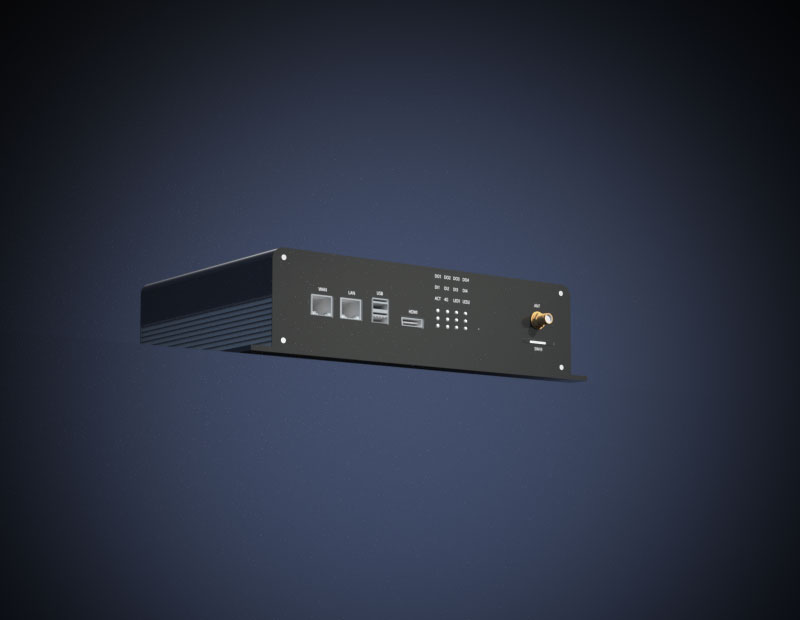There are many IoT data transmission devices on the market that can connect industrial equipment and networks to PLCs. Connect the controller to the Internet, set up associated networks, gain remote access or exchange data. Typical terms are used such as PLC gateway, industrial router, switch or IoT gateway PLC. But what are the differences, what are the functions, when do you need to use which device, and in which applications do you use Pasarelas IoT?
In this article, you can learn about PLC gateways, industrial routers, switches, and all information related to these devices.
Routers, switches and gateways: what’s the difference?
Router: A device or service that provides the functionality to route IP packets between networks. As a network layer device, a router connects multiple networks together and controls the flow of data between them using wired, Wi-Fi, or cellular connectivity methods.
Network switch: is a high-speed device that receives incoming data packets and redirects them to their destination on the LAN. The basic functionality is to receive information from any source connected to it and send that information only to the appropriate destination.
Gateway: is a network point that acts as an entry point into another network. It is a router that provides access for IP packets to and from the local network. A gateway must be a router, but a router does not have to be a gateway. You can also state “You set up your router as a gateway to connect elsewhere”.
What is a PLC gateway?
As the name suggests, a PLC gateway is a network entity, also known as a protocol converter. Gateways can be connected to different systems and used for various applications in the field of automation. Perhaps the most obvious is as a bridge between two PLC controller systems of different brands. PLC gateways provide an out-of-the-box solution that in most cases requires no programming, virtually no commissioning and is extremely simple to maintain.
What is PLC IoT gateway?
A PLC Pasarela IoT is a physical device or software program that acts as a connection point between the cloud and PLC controllers, sensors, or other smart industrial devices. All data moving from the PLC to the cloud passes through the IoT gateway. A PLC IoT gateway may also be called a smart gateway, Pasarela MQTT, control plane or edge gateway.
What is an edge gateway?
Pasarelas de borde, also known as IoT edge gateways, serve as network entry points for devices that typically communicate with cloud services. Edge gateways typically provide network translation from networks and PLCs using different industrial protocols.
Some sensors generate tens of thousands of data points per second. Edge computing gateways can process data from edge devices (e.g. PLCs, robots, sensors) and only send relevant data back through the cloud, reducing bandwidth requirements and server capacity. This can significantly impact response times, data usage, and network transmission costs. The edge gateway itself is considered an IoT edge device in edge computing infrastructure and is typically used for PLC to cloud connectivity.
It is not only a PLC gateway, but also an edge computing gateway and router product.
The EG8000 product developed by Zongheng Intelligent Control is such a product. It can not only upload and download PLC data remotely, but is also an edge gateway with local computing capabilities.

1. Capabilities of PLC gateway
PLC can be uploaded and downloaded remotely without distance restrictions. Makes management more convenient and supports docking with most PLCs on the market.
2. Edge computing capabilities
Supports local logic operations and can implement a series of operations locally on the device, such as judgment, data filtering, scheduled triggering, scheduled collection and other functions
3. Router capabilities
It not only supports the functions of all router products on the market, but also has other features. It provides common WLAN ports, LAN ports, and also provides an HDMI interface, which can transmit video wirelessly. And supports js secondary development.